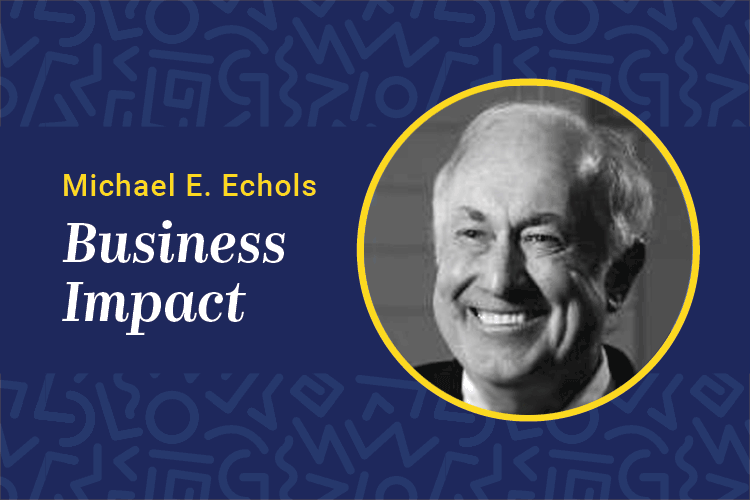I’ve been involved with a team at The Conference Board following up on the research report, “The Ill-Prepared U.S. Workforce: Exploring the Challenges of Employer-Provided Workforce Readiness Training.” If you have not read the study, you should. It contains important data about the human capital challenges corporations face today.
The results of the research describe the important skills employers find missing in today’s workforce. Note, those skills are not about how to do a particular job. The skills surveyed executives find missing and in high need include:
• Creativity/innovation.
• Ethics/social responsibility.
• Professionalism/work ethic.
• Lifelong learning/self-direction.
• Critical thinking/problem solving.
The list is an often-repeated inventory of what is needed in the 21st century knowledge worker. With almost 3 million unfilled jobs in the U.S. economy, the market is telling us we are not making progress at addressing the need. But it is one thing to identify the problem and an entirely different story when it comes to creating a solution.
To date, the main corporate response to this situation has been to point fingers at the education system as being at fault. In this scenario, the general approach is for corporate leaders to think of education as somewhere outside the boundaries and scope of the corporate learning function. Fingers are often pointed at problems in our K-12 public education system with some blame reserved for colleges and universities.
As a result, it should not be surprising that part of the focus has been on the question: “What should corporations be telling universities about the quality of the graduates they are putting out into the labor force?” In this mode, the work is focused on a kind of feedback mechanism intended to change what colleges are doing to improve the quality of their graduates.
But American colleges and universities are dealing with their own challenges. The research reported in Academically Adrift by Richard Arum and Josipa Roksa documents the quality challenges our post-secondary schools face. It’s not pretty. In a large study involving several thousand undergraduate students from seven different colleges, researchers found that after two years of undergraduate study, 45 percent of the students showed no significant progress in critical thinking, analytical reasoning and other higher-level skills.
Further, the researchers found that after four years of undergraduate education, 36 percent of the students showed no significant improvement in the aforementioned skills. The researchers were documenting the preparedness expressed by the executives surveyed in “The Ill-Prepared U.S. Workforce.” The correlation of facts along with executives’ suspicions is a confirmation of belief. The real question is what can executives do about it?
One thing they can do has to do with training and development, and the other with recruiting. When it comes to learning and development, it should be a priority to ask how curriculum addresses critical thinking, innovation and problem solving issues. It is not sufficient to merely train employees how to do a short-term task.
The other opportunity was described by a corporation participating in the study. Research showed that executives’ beliefs about which colleges and universities had produced the highest-performing recruits was not necessarily aligned with the facts. That is to say, what many executives believed was true about the long-term performance of each school’s graduates did not align with evidence showing that some colleges and universities believed to be supplying high-quality recruits were not.
Similar research on your workforce may provide evidence about the ill-prepared workforce issue. Gathering and analyzing the data gives you a course of action to do something productive about the important challenges documented by the Conference Board.
Michael E. Echols is the vice president of strategic initiatives at Bellevue University and the author of ROI on Human Capital Investment. He can be reached at editor@CLOmedia.com.















